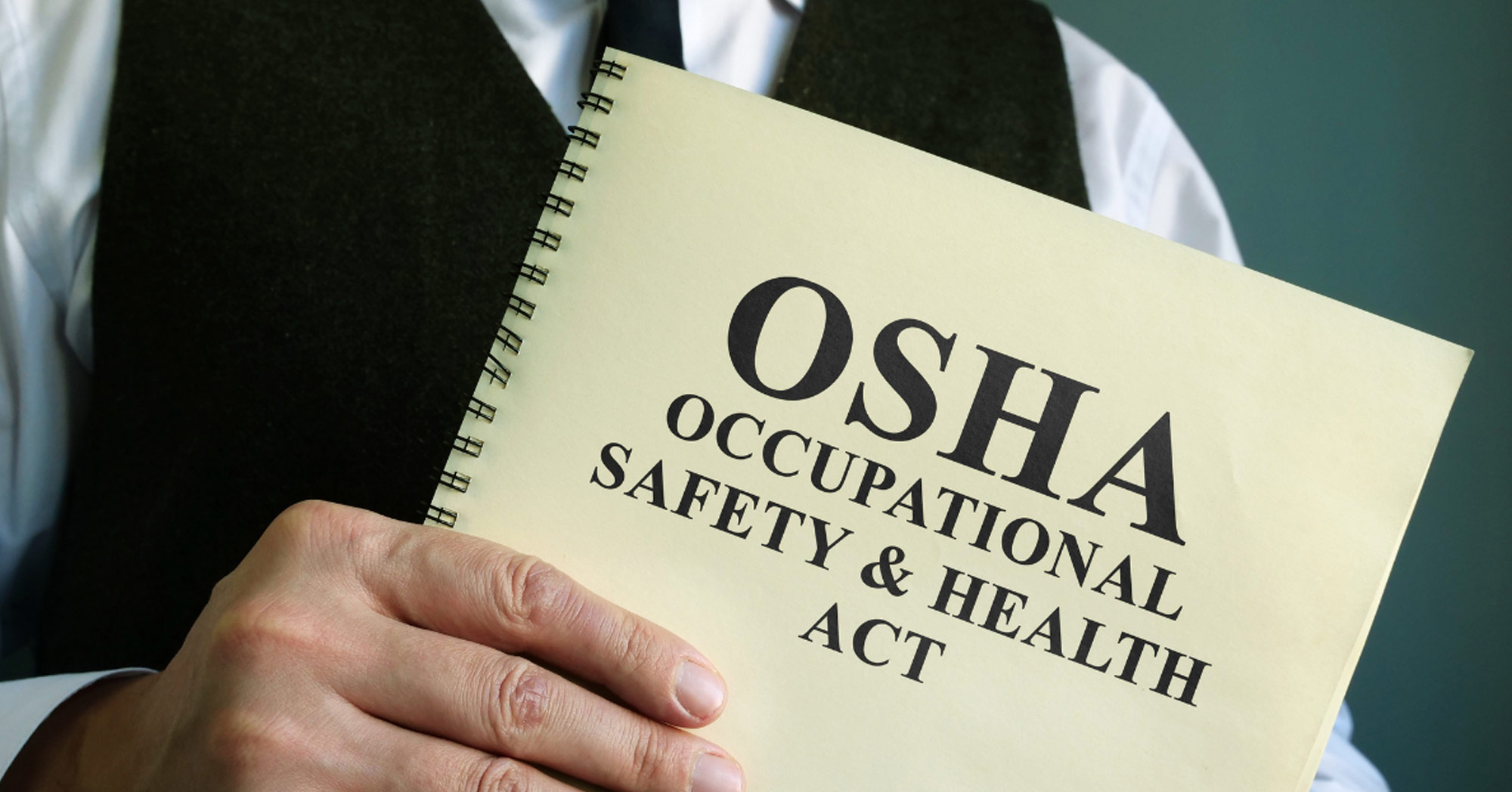
OSHA training requirements
Employers ultimately have a responsibility to provide a safe workplace. To this end, OSHA mandates that employers provide their employees with training on the health and safety aspects of their jobs, as well as on any specific hazards related to their work duties.
The Bureau of Labor Statistics reported a total of 5,190 fatal work injuries in the United States in 2021, an 8.9-percent increase from 4,764 in 2020. These numbers highlight the need for workplace safety training as part of a comprehensive safety program.
Not only is complying with OSHA training requirements necessary to avoid penalties and fines, but workplace safety training also helps prevent work-related injuries, illnesses, and death, which can lead to better workplace morale and lower insurance premiums.
Employer rights and responsibilities
Employers have various responsibilities for the safety and health of their employees. When it comes to safety training, it must be delivered in a language and vocabulary that employees can understand and it must be provided at no cost to the employee.
The employer must also ensure that the employee has understood the training by providing a means of evaluating their comprehension of the training material. Overall, OSHA requires that employers provide their employees with the necessary training to ensure that they can work safely, while also reducing the risk of workplace accidents and injuries.
In addition, managers and supervisors should receive training on how they can help ensure that all employees follow safety procedures when working with hazardous materials or equipment. This includes:
- Leading by example
- Ensuring that staff has been adequately trained
- Knowing what hazards exist on your site
- Consistently enforcing safe work practices
- Correcting unsafe conditions immediately if they are found during an inspection or otherwise brought to your attention by another employee who has observed them first-hand
- Ensuring that employees follow all applicable safety rules when operating any piece of machinery used for production purposes (such as forklifts)
Training compliance
Training requirements vary by industry, state, size of the business, and the type of work being performed. Employers can comply with OSHA training requirements by providing appropriate safety training to their workers as defined in OSHA standards [2]. Employers should review the relevant guidelines, identify the training requirements that apply to their workplace, and ensure that their employees receive the necessary training. To assist with training compliance, OSHA provides resources and outreach programs, including 10-Hour or 30-Hour training programs.
Developing training programs
Before employers can launch a training program, they need to develop a plan. The first step is to identify what types of employees will be involved in the process and what their roles are within the company. Next, determine how often they will need to be trained (monthly? quarterly? Annually?) and where they will receive their instruction (online or in-person?) Once these details have been decided upon, create a standardized curriculum that includes all necessary information about OSHA regulations and how they apply to the employer’s specific business.
Creating an effective training program requires planning, effort, and a commitment to providing a safe and healthy workplace for employees. Instead of building course content from scratch, or worse sourcing it from unreliable and outdated websites, why not let the experts at BLR do the heavy lifting for you? TrainingToday’s expertly crafted course content, developed by leading subject matter experts and instructional designers, is just what employers need to meet OSHA requirements and ensure employee safety.
[1] Bureau of Labor Statistics 2021 Consensus of Fatal Occupational Injuries Summary


